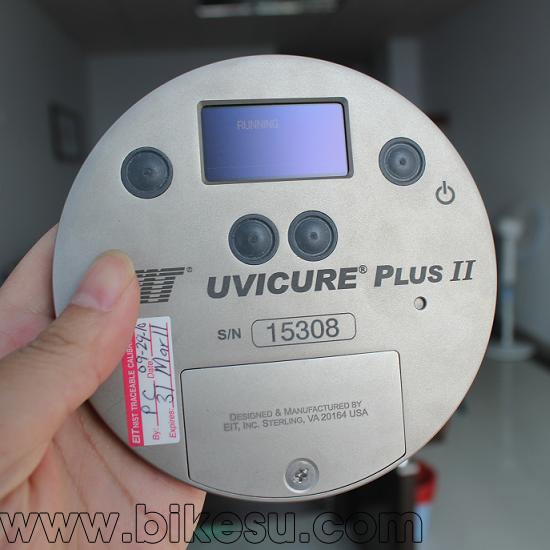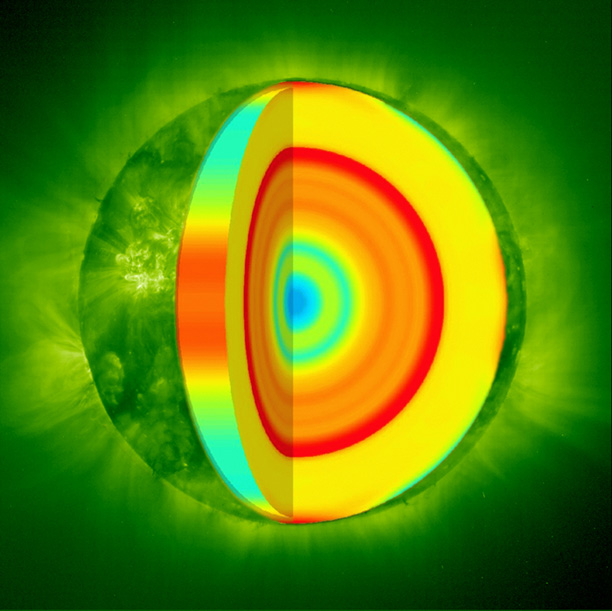EIT: The Revolutionary Technology Explained
Electrical Impedance Tomography (EIT) represents a groundbreaking advancement in medical imaging technology that offers non-invasive and real-time monitoring capabilities. This cutting-edge technique has transformed how healthcare professionals assess internal body structures, particularly in critical care settings. By utilizing electrical currents to create cross-sectional images of body tissues, EIT provides valuable insights into physiological processes without exposing patients to harmful radiation.
As medical technology continues to evolve, EIT stands out as a promising solution for various clinical applications. Its ability to monitor lung function, cardiac activity, and brain activity in real-time makes it an indispensable tool for healthcare providers. This article delves into the intricacies of EIT, exploring its principles, applications, and future potential in the medical field.
In this comprehensive guide, we will examine the fundamental concepts behind EIT, its advantages over traditional imaging methods, and the latest developments in its implementation. Whether you're a healthcare professional, researcher, or simply interested in medical technology, this article provides a thorough understanding of how EIT is shaping the future of diagnostic imaging.
- Pelisflix2 Your Ultimate Streaming Haven Unveiled
- Movie Rules Telugu 2025 The Ultimate Guide For Film Buffs
Table of Contents
- Jeff Ross Health What You Need To Know Cancer More
- Worthfulinfo Movies Your Ultimate Destination For Cinematic Delights
Comparison with Traditional Methods
Introduction to EIT
What is Electrical Impedance Tomography?
Electrical Impedance Tomography (EIT) is a non-invasive imaging technique that uses electrical currents to create cross-sectional images of the body's internal structures. Unlike traditional imaging methods such as X-rays or CT scans, EIT does not rely on ionizing radiation, making it safer for repeated use. This technology is particularly useful in monitoring lung function, cardiac output, and brain activity in real-time.
Developed in the late 20th century, EIT has undergone significant advancements, enabling its application in various clinical settings. Its ability to provide continuous monitoring without exposing patients to harmful radiation makes it an attractive option for long-term care scenarios.
How EIT Works
Principles of Operation
EIT operates by applying small electrical currents to the surface of the body through electrodes placed on the skin. These currents travel through the body's tissues, creating voltage differences that are measured by the same electrodes. The variations in electrical impedance, which depend on the tissue's conductivity, are then used to reconstruct images of the internal structures.
Key factors influencing EIT performance include the number of electrodes used, the frequency of the applied currents, and the algorithms employed for image reconstruction. Advanced computational techniques have significantly improved the accuracy and resolution of EIT images in recent years.
Advantages of EIT
Key Benefits
One of the primary advantages of EIT is its non-invasive nature, which eliminates the risks associated with ionizing radiation. Additionally, EIT offers real-time monitoring capabilities, allowing healthcare providers to assess physiological changes dynamically. Other benefits include:
- Cost-effectiveness compared to traditional imaging methods
- Portability, making it suitable for bedside monitoring
- Ability to provide continuous data over extended periods
- Compatibility with various patient populations, including children and pregnant women
EIT Applications
Clinical Uses
EIT finds extensive application in critical care settings, where continuous monitoring of vital organs is essential. Some of the most common applications include:
- Monitoring lung function in patients with respiratory disorders
- Assessing cardiac output and heart function
- Tracking brain activity in neurological patients
- Evaluating abdominal organ function in surgical settings
Recent studies have also explored the potential of EIT in diagnosing breast cancer and monitoring kidney function, further expanding its clinical utility.
Comparison with Traditional Methods
Strengths and Limitations
Compared to traditional imaging methods such as X-rays, CT scans, and MRI, EIT offers several advantages:
- No exposure to ionizing radiation
- Lower cost and increased portability
- Real-time monitoring capabilities
However, EIT also has some limitations, including lower spatial resolution compared to MRI and CT scans and a need for advanced computational algorithms to improve image quality. Despite these challenges, ongoing research aims to address these limitations and enhance EIT's performance.
Challenges in Implementation
Technical and Practical Hurdles
While EIT holds great promise, several challenges must be overcome for its widespread adoption:
- Improving image resolution and accuracy
- Standardizing electrode placement and data interpretation
- Developing user-friendly interfaces for healthcare providers
Collaboration between engineers, clinicians, and researchers is crucial to overcoming these challenges and realizing EIT's full potential in clinical practice.
Future Directions
Innovations and Developments
The future of EIT looks promising, with ongoing research focusing on improving image quality, enhancing computational algorithms, and expanding its clinical applications. Advances in machine learning and artificial intelligence are expected to play a significant role in optimizing EIT performance and expanding its utility in diagnostic and therapeutic settings.
Additionally, efforts to develop compact and portable EIT devices will make this technology more accessible in resource-limited settings, further enhancing its global impact on healthcare.
EIT Research and Development
Current Studies and Findings
Recent studies have demonstrated the efficacy of EIT in various clinical scenarios, including monitoring lung function in ventilated patients and assessing brain activity in stroke victims. Researchers are also exploring its potential in diagnosing breast cancer and monitoring kidney function, expanding its applications beyond traditional uses.
Collaborative efforts between academic institutions, hospitals, and technology companies are driving innovation in EIT, with promising results indicating its potential to revolutionize medical imaging in the coming years.
Cost and Availability
Economic Considerations
While EIT systems are generally more cost-effective than traditional imaging methods, their initial acquisition cost can be a barrier for some healthcare facilities. However, the long-term benefits of reduced radiation exposure, increased portability, and real-time monitoring capabilities often outweigh these initial expenses.
As technology advances and production scales increase, the cost of EIT systems is expected to decrease, making them more accessible to healthcare providers worldwide.
Conclusion
In summary, Electrical Impedance Tomography represents a transformative advancement in medical imaging technology, offering non-invasive, real-time monitoring capabilities that enhance patient care. Its advantages over traditional imaging methods, coupled with ongoing research and development, position EIT as a key player in the future of diagnostic imaging.
We encourage readers to explore further resources on EIT and consider its potential applications in their respective fields. Your feedback and questions are valuable, so please leave a comment or share this article with others interested in medical technology. Together, we can continue to advance the understanding and implementation of this groundbreaking technology.
Sources:
- Journal of Medical Imaging and Health Informatics
- National Institutes of Health
- IEEE Transactions on Biomedical Engineering
- Unlock The World Of Entertainment Dive Into Www36movies
- Newton X Meter Is Equal To What Understanding The Basics Of Energy Conversion

EIT UVICURE Plus II UVintegrator

SOHO Top 30

EIT ISH EIT Hawke's Bay and Tairāwhiti